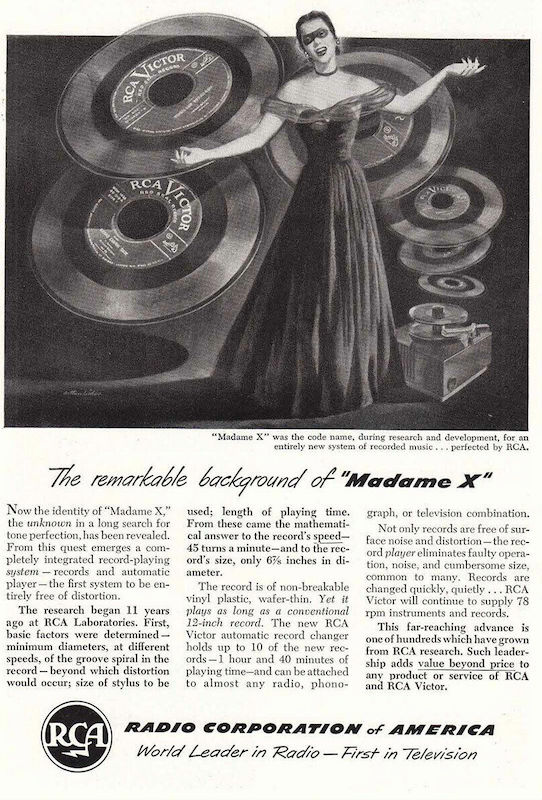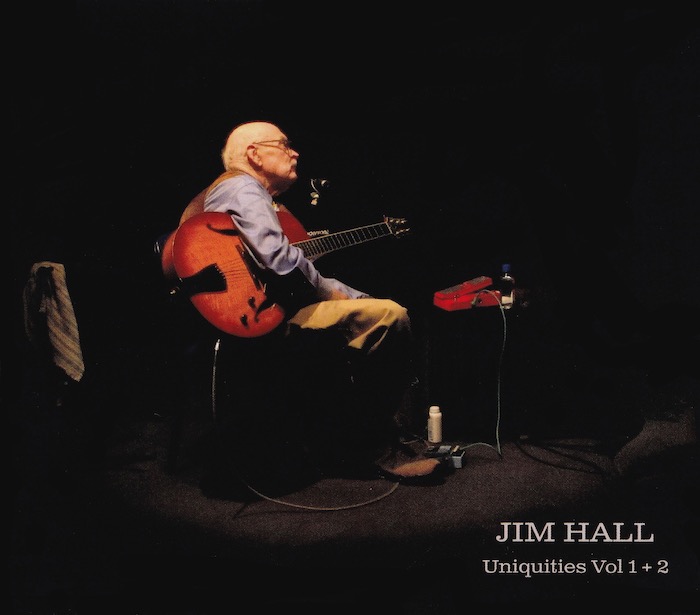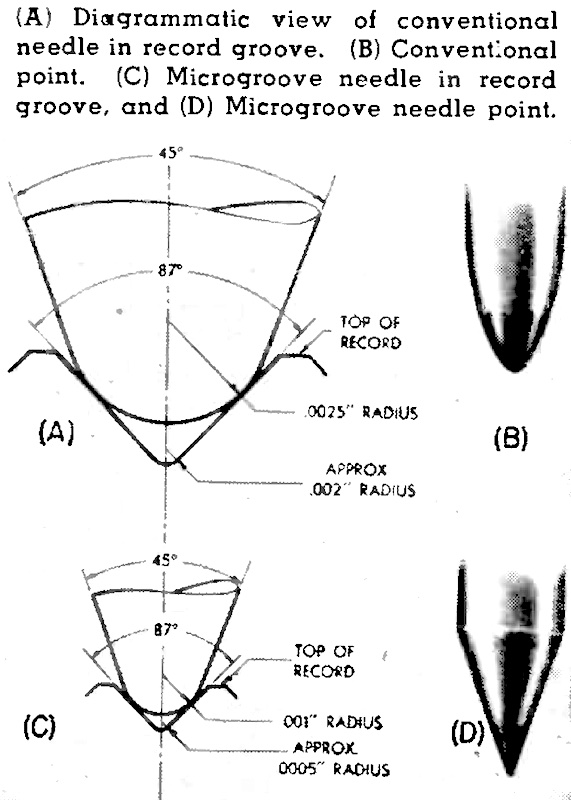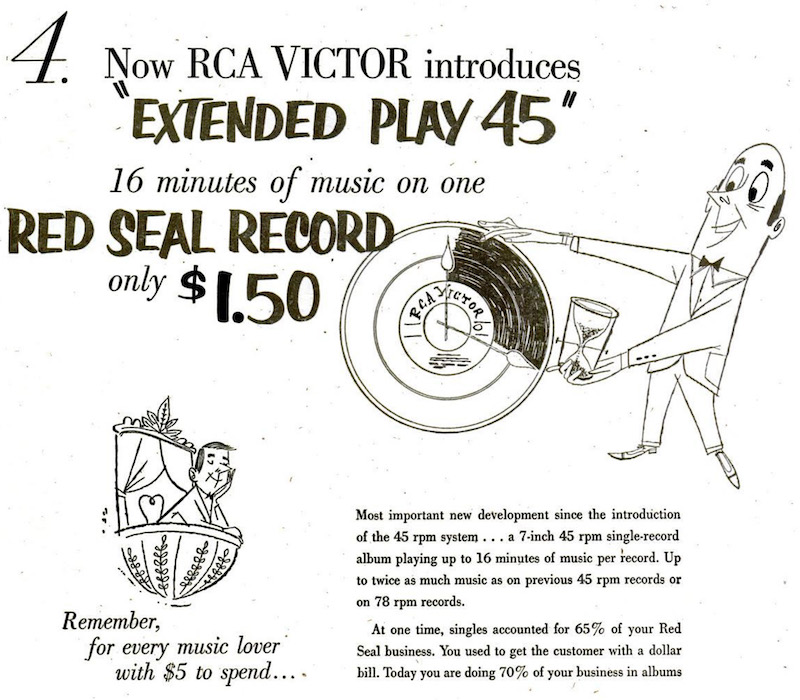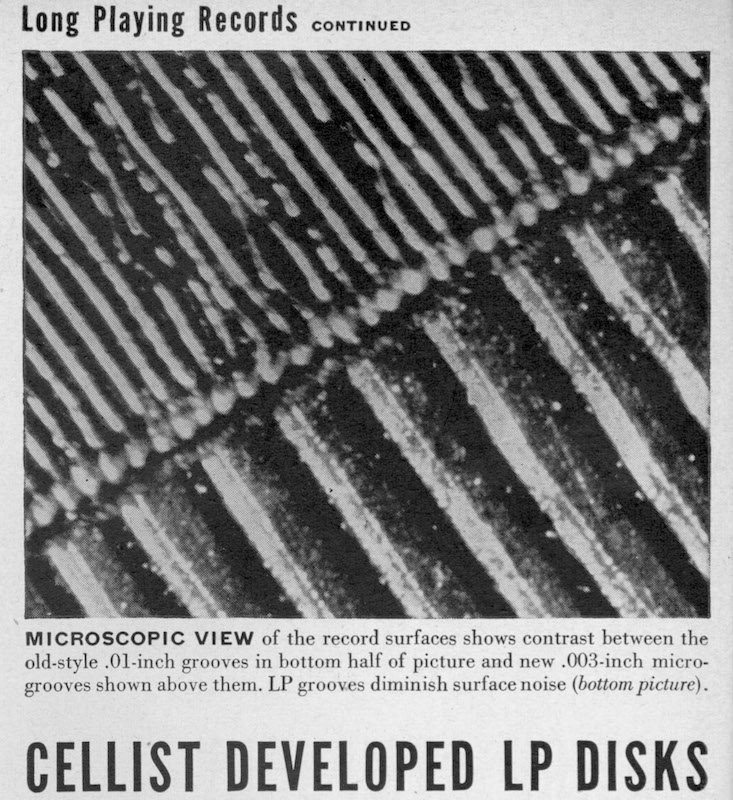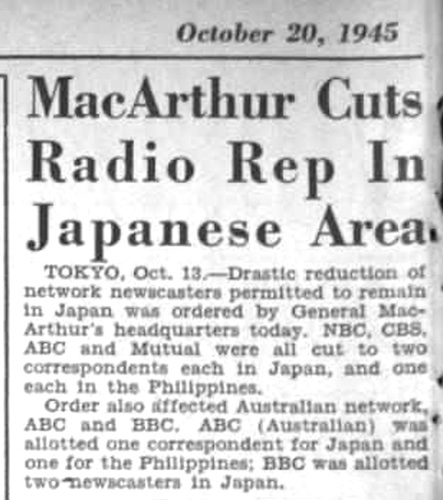Things I learned on Phono EQ curves, Pt.14
EQカーブの歴史、ディスク録音の歴史を学ぶ本シリーズ。前回 Pt.13 では、RCA Victor が1949年に発表した7インチ45回転盤(そして敗北した Columbia 7インチ33 1/3回転盤)にまつわるエピソードと、45回転盤、オートチェンジャー、録音再生EQカーブなど、技術的側面などをみてきました。
On the previous part 13, I studied more on the history of RCA Victor’s 7-inch 45 rpm records (and Columbia’s 7-inch 33 1/3 rpm records that RCA Victor defeated), as well as its technical aspects of the 45 rpm records, dedicated record changer attachments, and recording/reproducing characteristics, etc..
今回の Pt.14 はその続きです。今回は、LP や 45回転盤登場直後における各レーベルの「回転数競争」中の対応状況について、時系列でみていきます。ここは、11年前の記事「What The EP (Extended Playing) Originally Stands For」と一部重複する内容もあります。
This time as Pt.14, I am going to continue learning the history of disc recording — a chronology how record labels (except Columbia and RCA Victor) reacted to the new formats and technology (and to the “Battle of the Speeds”). So this shares several contents as previously shown in “What The EP (Extended Playing) Originally Stands For”, the article I published evelen years ago.
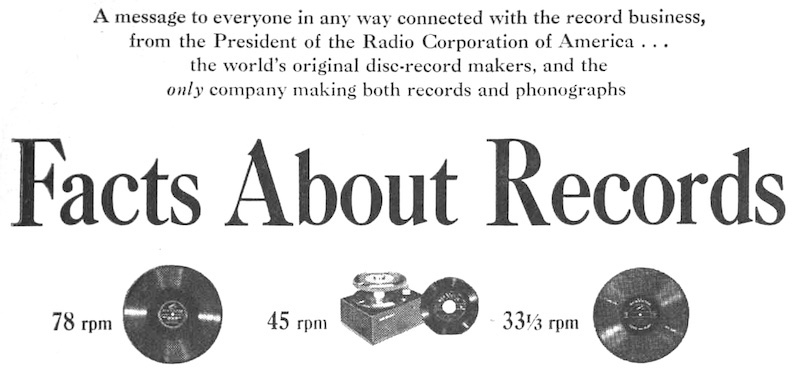
source: RCA Victor Ad, The Billboard, Vol. 62, No. 6, February 11, 1950, p.26.

